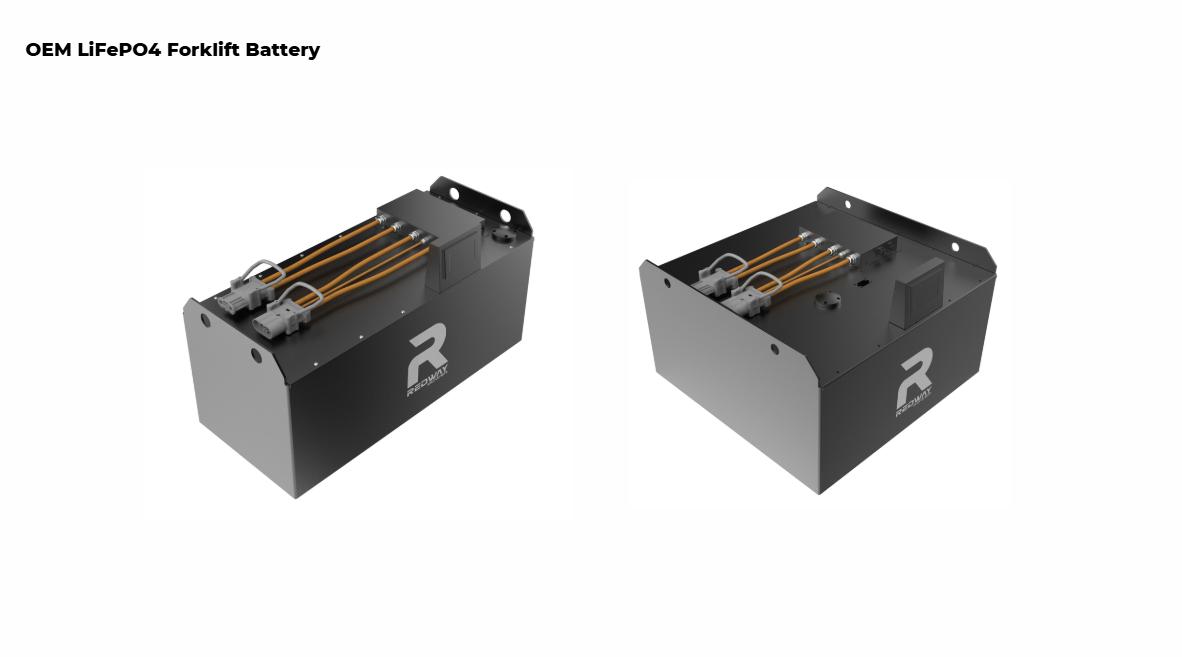What Is a UPS Battery and How Does It Work
A UPS (Uninterruptible Power Supply) battery provides backup power during electrical outages, protecting devices from data loss or hardware damage. It instantly switches to battery power when mains electricity fails, offering short-term runtime (5-30 minutes) to safely shut down equipment. Common types include lead-acid and lithium-ion batteries, with capacities tailored to device power requirements.
How Do UPS Batteries Differ from Regular Batteries?
UPS batteries prioritize rapid energy discharge and frequent charge cycles over long-term energy storage. Unlike standard alkaline batteries, they use deep-cycle designs (VRLA, AGM, or lithium-ion) to handle high power surges and partial-state charging. Most UPS systems employ sealed lead-acid batteries for cost efficiency, while premium models use lithium-ion for compact size and faster recharge times.
What Are the Key Components of a UPS System?
A UPS system integrates three core elements: 1) Rectifier/charger converting AC to DC power, 2) Battery bank storing emergency energy, and 3) Inverter transforming DC back to AC during outages. Advanced models include voltage regulation, surge protection, and software for automated shutdowns. Line-interactive UPS systems add automatic voltage regulation (AVR) to stabilize fluctuating input power.
Which Battery Technologies Dominate Modern UPS Systems?
Valve-Regulated Lead-Acid (VRLA) batteries hold 68% market share due to low upfront costs and maintenance-free operation. Emerging lithium-ion UPS batteries offer 50% weight reduction and 3x faster charging but cost 2-3x more. Nickel-cadmium batteries dominate industrial applications for extreme temperature resilience (-40°C to 50°C), despite higher environmental disposal concerns.
| Battery Type | Cycle Life | Charge Time | Typical Application |
|---|---|---|---|
| VRLA | 200-500 cycles | 8-10 hours | Office UPS units |
| Lithium-ion | 3,000+ cycles | 2-3 hours | Data centers |
| Ni-Cd | 1,500 cycles | 6-8 hours | Industrial plants |
The shift toward lithium-ion accelerated in 2023 with 78% of new hyperscale data centers adopting LiFePO4 batteries. These provide 10-year lifespans with only 2% monthly self-discharge rates, compared to VRLA’s 18-30 month replacement cycles. However, lead-acid remains preferred for budget-conscious deployments due to established recycling infrastructure and $150/kWh cost advantage.
Why Do UPS Batteries Require Specific Maintenance Protocols?
UPS batteries degrade through sulfation (lead-acid) or lithium plating (Li-ion) if improperly maintained. Best practices include: 1) Annual load testing under 80% capacity, 2) Environment control (20-25°C optimal), 3) Terminal cleaning to prevent corrosion, and 4) Replacement at 80% capacity loss. Smart UPS systems now use predictive analytics to forecast battery health within 5% accuracy.
Temperature management proves critical – every 8°C above 25°C halves lead-acid battery life. Modern monitoring systems employ distributed temperature sensors to create thermal maps of battery cabinets. Data centers now implement AI-driven cooling algorithms that adjust airflow in real-time, maintaining optimal conditions while reducing energy consumption by 22% compared to traditional HVAC approaches.
How Has AI Revolutionized UPS Battery Management?
AI-powered UPS systems now predict battery failures 72+ hours in advance using neural networks analyzing voltage ripple patterns and thermal signatures. Siemens’ Blue GIS technology extends battery life 23% through adaptive charging algorithms. Machine learning models optimize discharge rates in real-time during outages, increasing runtime efficiency by 18% compared to traditional UPS units.
Deep learning systems now process 47 operational parameters simultaneously, including internal resistance trends and electrolyte stratification patterns. These models enable predictive maintenance schedules that reduce unplanned downtime by 64%. A 2025 case study at Frankfurt’s DE-CIX data center demonstrated AI-driven UPS management recovering 31% of degraded battery capacity through controlled reconditioning cycles.
What Emerging Technologies Are Reshaping UPS Battery Design?
1) Graphene hybrid batteries achieving 90-second full recharges
2) Solid-state UPS batteries eliminating thermal runaway risks
3) Hydrogen fuel cell integration for multi-hour backup
4) Self-healing electrodes using microcapsule technology
5) Wireless UPS systems with inductive charging pads. Eaton’s 2025 roadmap includes UPS units with integrated supercapacitors for instantaneous load transfers.
“The UPS battery market is undergoing its largest transformation since the 1960s. Lithium-iron-phosphate (LFP) chemistry now challenges traditional VRLA dominance, particularly in edge computing environments. We’re seeing 40% annual growth in modular UPS systems where batteries hot-swap without downtime – a game-changer for Tier IV data centers.”
– Dr. Elena Voss, Power Systems Architect at Schneider Electric
Conclusion
UPS battery technology bridges critical gaps between power reliability and operational continuity. As hybrid work models and IoT deployments escalate, next-gen batteries must balance energy density, lifecycle costs, and environmental impact. Proactive monitoring paired with emerging chemistries positions UPS systems not just as backup solutions, but as intelligent nodes in modern power resilience ecosystems.
FAQ
- How Often Should UPS Batteries Be Replaced?
- Lead-acid UPS batteries typically require replacement every 3-5 years, lithium-ion every 7-10 years. Conduct annual impedance testing – replace when capacity drops below 80% of rated specifications.
- Can UPS Batteries Be Recycled?
- Yes – 97% of lead-acid battery components are recyclable. Lithium-ion recycling rates now reach 75% in OECD countries through pyrometallurgical processes. Always use certified e-waste handlers due to hazardous materials.
- Do UPS Batteries Require Ventilation?
- VRLA batteries are sealed but still emit minimal hydrogen gas – maintain 2-3 inches clearance. Flooded lead-acid and nickel-cadmium UPS batteries mandate dedicated vented enclosures. Lithium-ion systems have the lowest ventilation requirements.

